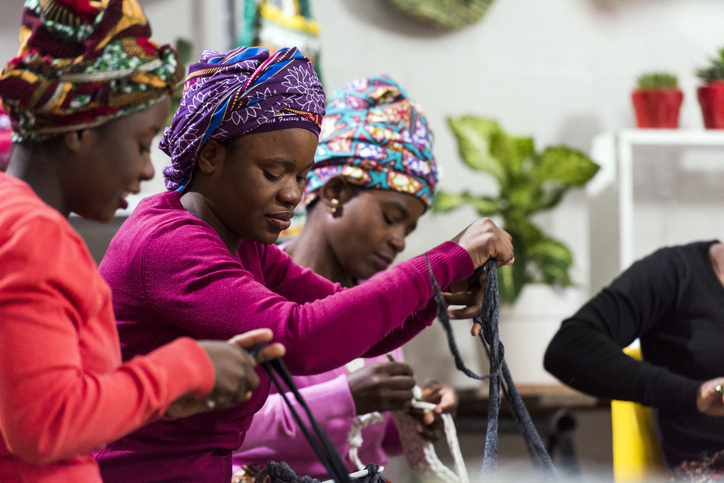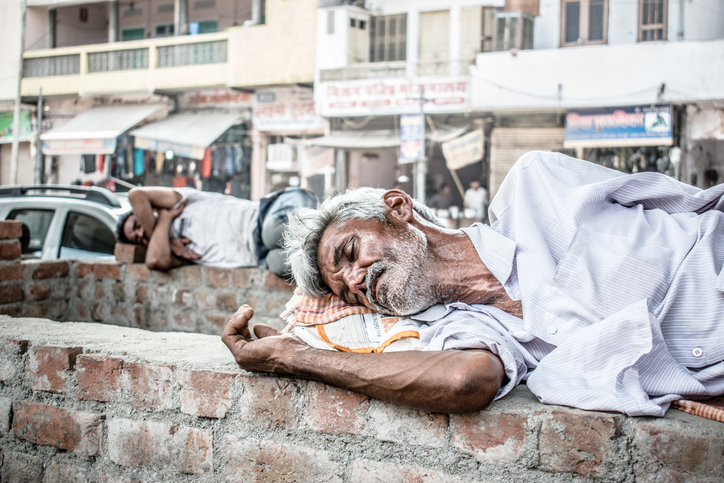If talented young people from poor families have the chance to go to university, will they be encouraged to study harder and achieve better test scores at school? This column reports on the motivational effects of a program introduced in Colombia in 2014, which granted full scholarships for low-income students at top universities. The opportunity to receive a scholarship significantly boosted results in the national high school exit exam. This suggests that beyond the direct effect of scholarships on their recipients, they can affect a much broader range of eligible students, for whom the opportunity stimulates greater effort. Such schemes can promote social mobility and more inclusive development.
A longstanding view among many economists is that some degree of inequality is necessary to reward effort and encourage entrepreneurial activities. But a growing body of evidence indicates that inequality hinders the accumulation of human capital—and not only because children in poor families cannot afford to go to school.
Not being able to afford college can affect children’s education long before the time to apply for a place. The loss in human capital is explained not only by the fact that financial restrictions prevent talented students from accessing good universities, but also because the lack of opportunities discourages them from working hard earlier on in their education. Student loans and scholarships partly address this issue by creating an opportunity for promising students to go to university.
In recent research, we analyze how opportunities created by a nationwide scholarship program can change the motivation of low-income students in Colombia. Ser Pilo Paga (SPP) was introduced in 2014 and granted 10,000 full scholarships per year to enter high-quality universities. The program combined merit and needs-based criteria to allow talented students from low-income families to continue their education in the best universities in the country.
Colombia has one of the lowest levels of social mobility in the world. To illustrate this, for an average household, the correlation between parents’ education and children’s education is 0.72. For a poor and vulnerable household, this correlation increases to 0.83.
Before the implementation of SPP, students from a poor background who scored in the top 10% of all students in the national standardized high school exit exam were two to three times less likely to enter a top university than wealthy students with similar scores. As a student, how motivated would you be to study hard if you knew that that no matter how well you perform, your parents would not be able to afford college?
Within one year, SPP leveled the playing field, giving poor students who performed well the same chances to enroll and to access top quality universities as wealthy students. This represents one of the most drastic and unprecedented changes in social mobility in Colombia and beyond. We investigate whether this change generated a motivational effect reflected in better performances from needs-based (low-income) eligible students in the national high school exit exam.
For an average low-income student, the introduction of SPP did not affect the results. But it significantly increased the scores of low-income students at the top of the achievement distribution, starting around the 70th percentile. Since poor students had to score among the top 9% of all students in their cohort to be offered the scholarship, the best students were expected to be the first ones to react.
Among students at the 90th percentile of the distribution, the introduction of SPP reduced by 16% the socioeconomic achievement gap—the gap in test scores between poor students and wealthy students. This is remarkable considering that these low-income students were not provided with more books, better schools or teachers, or with food or electricity. They simply had the same opportunity to reach top-quality universities as the wealthy students if they performed well. Furthermore, they had less than a year to prepare for the national exam.
We also look at test scores in the 9th grade national exit exam (which is only available at the school level). We find that with the introduction of SPP, schools with a high proportion of eligible students started performing better and closing the gap with schools of wealthier students. Hence the young cohorts have already internalized the new opportunities from SPP and will have multiple years to adjust their effort. Thus, over time, we can expect that the effect would be larger and spread throughout a larger range of the distribution (not affecting only the top students).
Finally, we find evidence that eligible students who performed well in the high school exit exam, but just below the score that was required to obtain the scholarship, were still 19% more likely to enroll in a university. As a consequence of the motivational effect of the scholarship, they obtained better scores, which helped them access university, even without the scholarship.
From an educational perspective, our study reminds us that one of the most important inputs is the student’s motivation. We find that this is highly responsive to perceived opportunities.
SPP has been much debated in Colombia, mainly because of its high cost, which was nearly 20% of the Ministry of Education’s budget for higher education in 2018. Yet it created a breach in the rigid social strata of Colombia, giving low-income families access to top universities, and thus to the elite positions of the future.
With it comes a change in students’ aspirations that has seldom been taken into account in the valuation of scholarships by the government. The combination of merit- and needs-based criteria in scholarship programs can bring both equity and efficiency and be a powerful tool to improve social mobility.
Our analysis also highlights important lessons about the extent to which a lack of meritocracy discourages effort and human capital accumulation.
An unequal distribution of opportunities harms the human capital accumulation of low-income students, not only because good students from vulnerable households cannot afford to enroll in a top university, but also because the lack of real opportunities discourages low-income students from exerting effort throughout their school days. This hinders their capacity to make the transition out of poverty, and becomes a mechanism through which inequality persists over multiple generations.
In contrast, when low-income students perceive attainable and meritocratic opportunities for social mobility, their effort, motivation, and human capital accumulation increase and facilitate the transition out of poverty.








